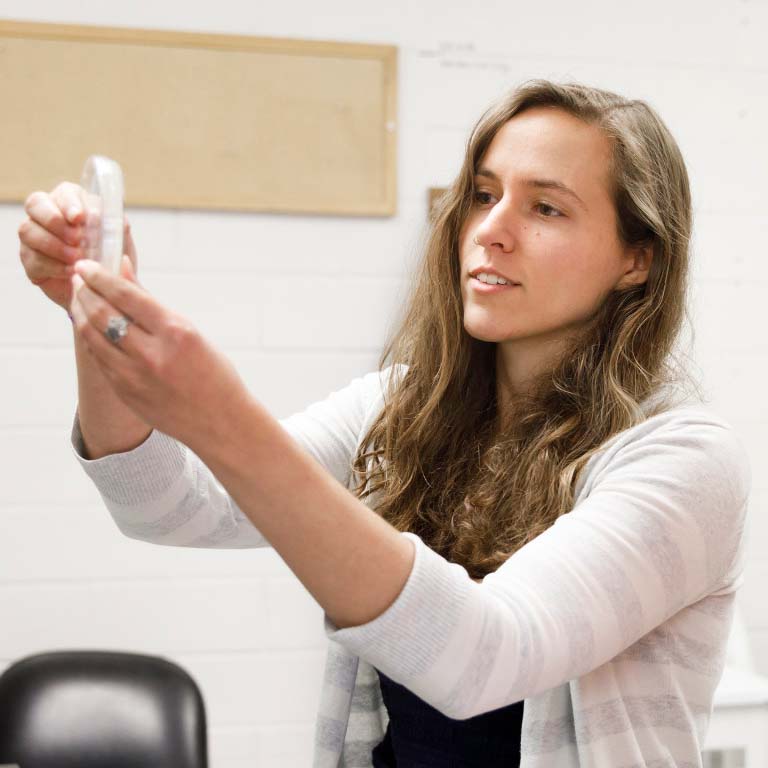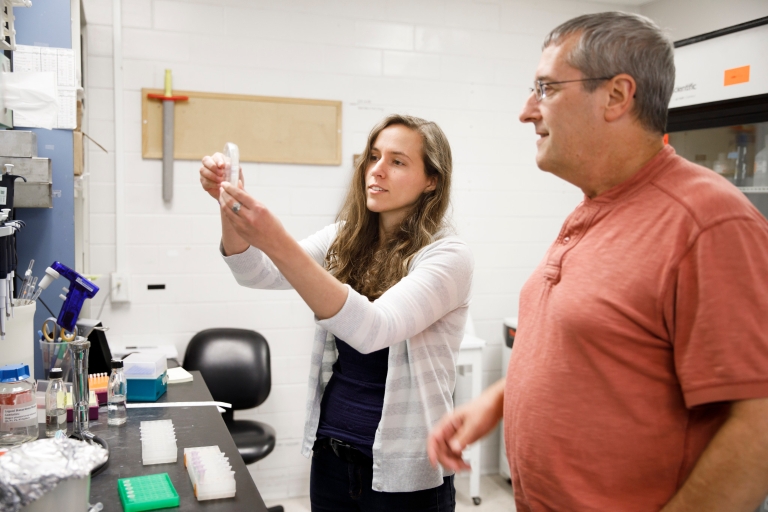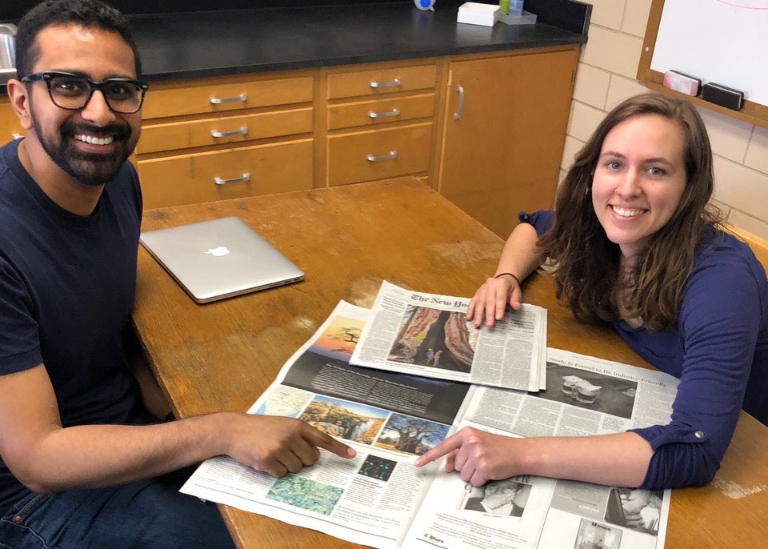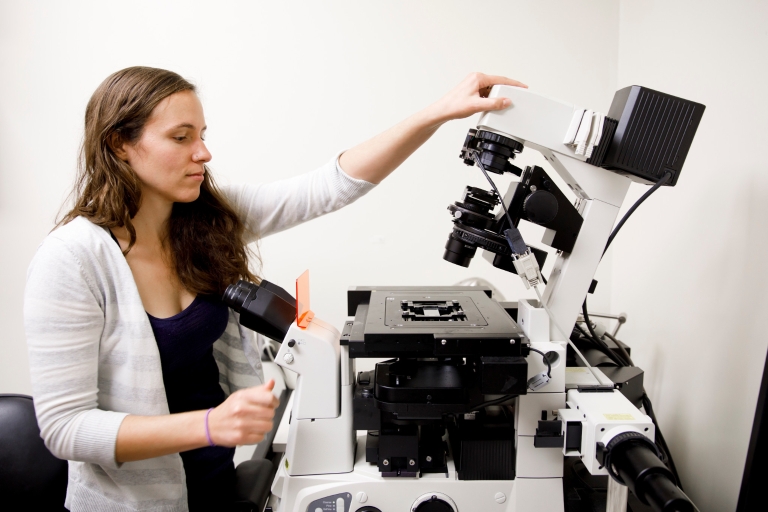[View original story from source]
If there's anything Courtney Ellison has learned from studying microorganisms since the moment she first set foot on a college campus, it's this: Bacteria are not the enemy.
When the Indiana University Ph.D. student told friends and family five years ago that she was headed to IU to study bacteria after graduating from the University of Georgia, where she had joined a microbiology lab in her freshman year, she was surprised by the reaction from a relative who asked, "Aren't all bacteria bad?"
It's a misperception that persists despite the rise in headlines about the microbiome and probiotics in the supermarket aisle.
"It's getting a lot better, but people still don't think about how 99 percent of bacteria don't cause any disease," said Ellison, a member of the lab of Yves Brun, an IU Distinguished Professor who studies basic cellular functions in bacteria. "I like to try and help people, especially kids, understand that bacteria are actually really cool."




 The College of Arts
The College of Arts